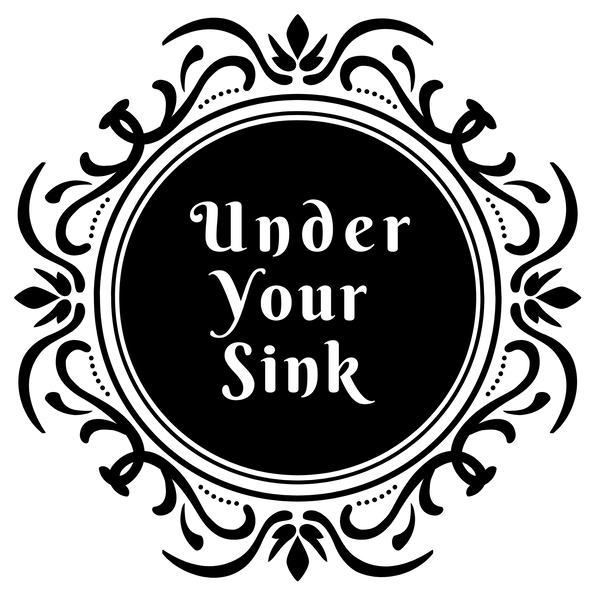
Dishwasher Tablets (& Powder)
🌱 DIY Green Cleaning Recipe
By Analisa from Under Your Sink
The dishwasher tablet - that’s actually how Under Your Sink began and how my whole eco-conscious journey kicked off.
I wanted to replicate a dishwasher tablet at home using simple ingredients. I thought it would be easy. So I did a deep dive… and was mortified to discover that one tiny Powerball tablet contains more than 30 ingredients.
I started looking at other brands too, and saw the same patterns: recurring ingredients, synthetic fragrances, and a whole list of long, chemical-sounding names. Most of them weren’t even essential to cleaning - they were there to help with shelf life, water hardness in different countries, or just to bulk it out.
So I jumped online and tested heaps of DIY recipes. I also experimented with my own combinations over the years, using different machines and setups - and honestly, there are no hard and fast rules!
The idea is to use a few really alkaline ingredients. Washing soda and percarbonate are the two key ones I use. You can definitely add other things like borax, bicarb, or even a bit of coconut soap - play around with it. I’ve even used my laundry powder as dishwasher powder/
When I first started, I was making tablets - pressing the mix into ice cube trays to get that classic commercial look. But honestly - there’s absolutely no need to do that! You can leave it in powder form, scoop it into the detergent drawer, and away you go. It actually disperses better in the machine and is way quicker and more convenient to make.
That said, there’s still a place for dishwasher tablets - especially when it comes to things like scrubbing grout. But more on that later.
